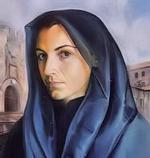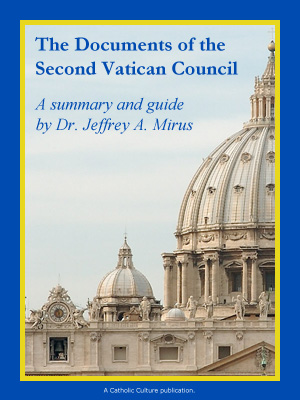Let’s Invite Him into Our Hearts, to Always Preserve Joy of Christmas
by Pope Francis
Dear brothers and sisters, good morning!
In a week’s time it will be Christmas. In these days, while we rush to make preparations for the holidays, we can ask ourselves: “How am I preparing for the birth of the one we are celebrating?” A simple but effective way of preparing oneself is to make a Nativity display. This year I too followed this path: I went to Greccio, where Saint Francis made the first nativity display, with local people. And I wrote a letter to recall the meaning of this tradition, what the Nativity display means at Christmas time.
In fact, the crib “is like a living Gospel” (Apostolic Letter Admirabile signum, 1). It brings the Gospel to the places where one lives: to homes, schools, workplaces and meeting places, hospitals and nursing homes, prisons and squares. And there, where we live, it reminds us of something essential: that God did not remain invisible in heaven, but came to Earth, He became man, a child. To make a Nativity display is to celebrate God’s closeness. God has always been close to His people, but when He was incarnated and born, He was very close, very close. To make the crèche is to celebrate God’s closeness, it is to rediscover that God is real, concrete, living and breathing. God is not a distant lord or a detached judge, but rather He is humble Love, Who has come down to us. The Child in the manger transmits His tenderness to us. Some statues depict the “Child” with open arms, to tell us that God came to embrace our humanity. So it is good to be in front of the crib and there to confide our lives to the Lord, to talk to Him about the people and situations we care about, to take stock of the year that is coming to an end with Him, to share our expectations and concerns.
Next to Jesus we see Our Lady and Saint Joseph. We can imagine the thoughts and feelings they had while the Child was born in poverty: joy, but also dismay. And we can also invite the Holy Family to our home, where there are joys and concerns, where every day we wake up, eat and sleep close to our loved ones. The manger is a domestic Gospel. The word crèche literally means “manger”, while the city of the crèche, Bethlehem, means “house of bread”. The manger and the house of bread: the crèche we make at home, where we share food and affection, reminds us that Jesus is the essential nourishment, the bread of life (cf. Jn 6: 34). It is He Who nourishes our love, it is He Who gives our families the strength to go ahead and forgive each other.
The crèche offers us another lesson in life. In today’s sometimes hectic rhythms it is an invitation to contemplation. It reminds us of the importance of stopping. Because only when we know how to gather together can we accept what counts in life. Only if we leave the noise of the world outside our homes do we open ourselves up to listening to God, Who speaks in silence. The crèche is current, it is the relevance of each family. Yesterday they gave me a little picture of a special crib, a little one, called: “Let’s let Mum rest”. There was the sleeping Madonna, and Joseph with the Child there, making Him fall asleep. How many of you have to share the night between husband and wife for the baby boy or girl who cries, cries, and cries. “Let Mum rest” is the tenderness of a family, of a marriage.
The crèche is more relevant than ever, while every day many weapons and violent images are made in the world, which enter into the eyes and heart. The crèche, on the other hand, is a handcrafted image of peace. That is why it is a living Gospel.
Dear brothers and sisters, from the crib we can finally grasp a teaching on the very meaning of life. We see daily scenes: shepherds with sheep, blacksmiths who beat the iron, millers who make bread; sometimes landscapes and situations of our territories are included. It is right, because the crèche reminds us that Jesus comes into our real life. And, this is important. Make a small Nativity scene at home, always, because it is the memory that God came to us, He was born of us, He accompanies us in life, He is man like us, He made Himself man like us. In everyday life we are no longer alone, He lives with us. It does not magically change things, but if we accept Him, everything can change. I hope then that making the Nativity display will be an opportunity to invite Jesus into our life. When we make the crèche at home, it is like opening the door and saying: “Jesus, come in!”, it is making this closeness tangible, this invitation to Jesus to come into our lives. Because if He dwells in our lives, life is reborn. And if life is reborn, it really is Christmas. Merry Christmas to you all!
Greeting in English
I greet the English-speaking pilgrims and visitors taking part in today’s audience, especially the groups from Canada and the United States of America. I wish all of you a very blessed Christmas, and I thank those people everywhere who have sent me their congratulations and good wishes for my fiftieth ordination anniversary and for my birthday. I thank you in a particular way for the gift of your prayers.
© Libreria Editrice Vaticana 2019
This item 12282 digitally provided courtesy of CatholicCulture.org






